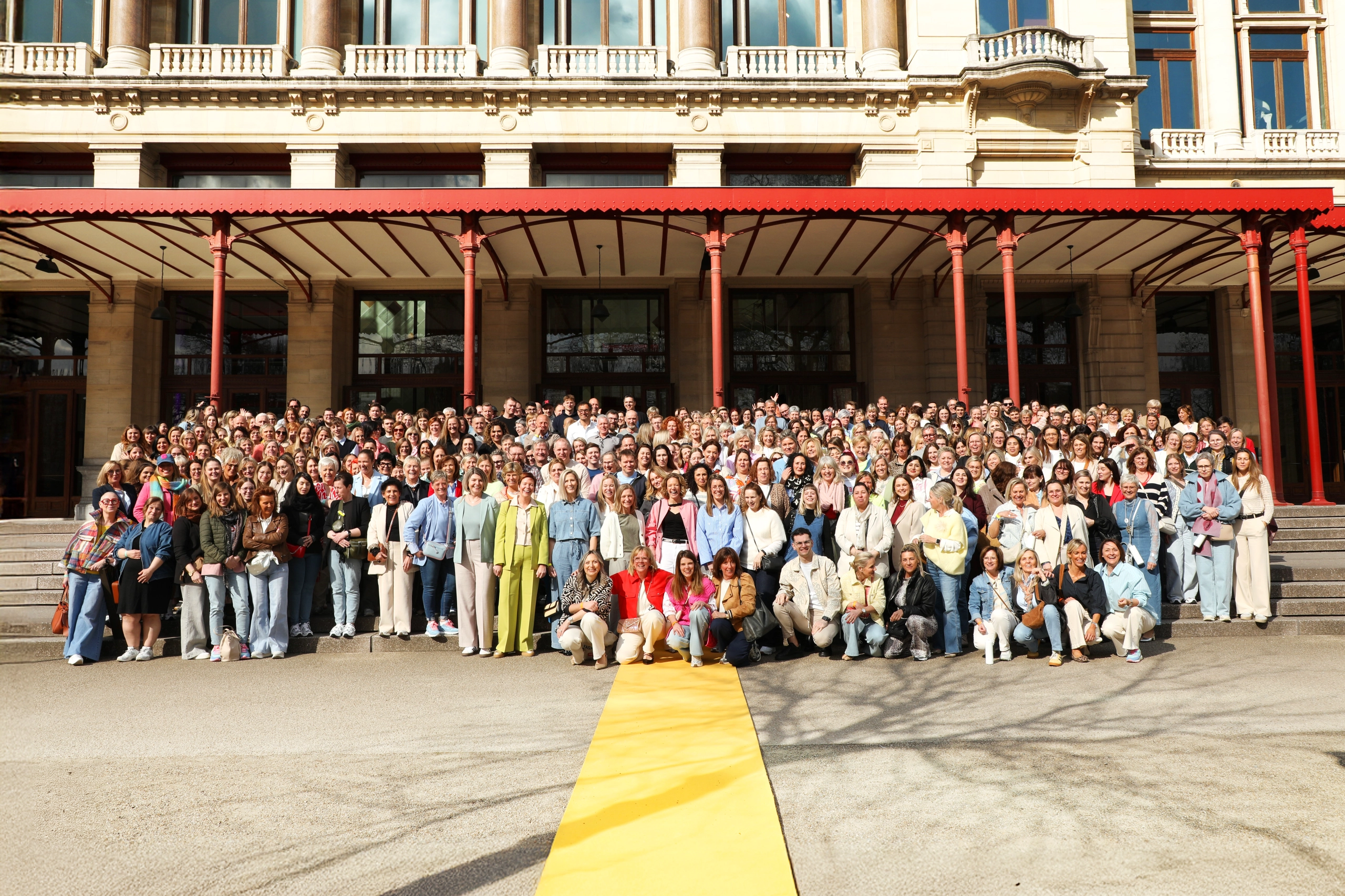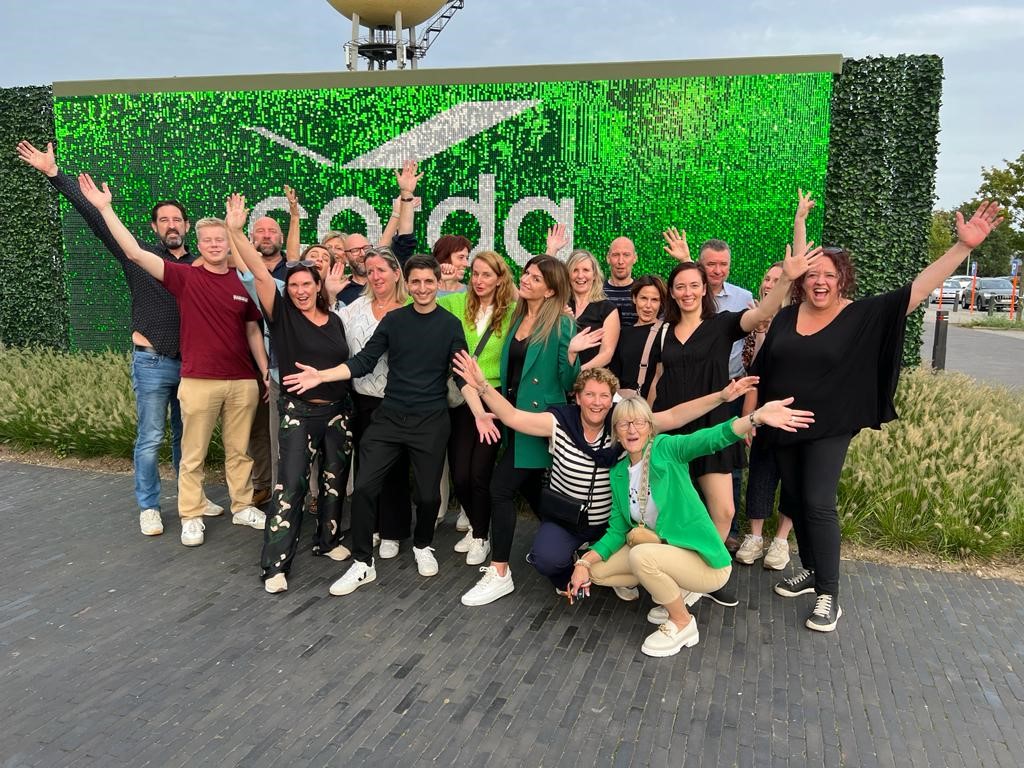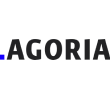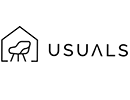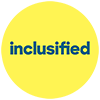In a compelling conversation with Hanan, founder of Hijabis at Work, Vicky Coryn, General Director of Groep INTRO, shares her experiences and perspective on inclusion within the organization. For over 50 years, Groep INTRO has been working toward a more inclusive society, helping vulnerable groups find their place in the community and the job market. Inclusion and diversity are deeply embedded in the organization’s values, supporting people in bridging their distance from employment, education, and more.
“I have worked for the organization for over 20 years,” says Vicky. “I joined the predecessor of Groep INTRO from 2001 to 2014 in West Flanders. In 2014, I took the other side of the E40 towards Brussels, where I started as General Director.”
Since then, Vicky has led an organization that continues to support those who struggle to connect with the regular employment and educational systems. Today, Groep INTRO has over 1,200 employees across Flanders and Brussels, all sharing the same goal: helping people grow, regardless of their background and life circumstances.
An inclusive approach: since the 1950s
The concept of inclusion is embedded in the DNA of Groep INTRO. While many may think diversity and inclusion have only recently come into focus, the organization has prioritized them since its founding. “We need to go back to the 1950s, when young 14-year-olds worked in factories and needed guidance to build skills,” Vicky explains.
“When compulsory schooling was extended in the 1980s, we also became more active in education. But our mission has never changed over the years: we focus on people who, for various reasons, experience distance from the regular circuit.”
Over the decades, the organization has grown significantly, becoming increasingly specialized in guiding youth, adults, job seekers, and others who face barriers in society. “Inclusion is the answer to many societal challenges,” Vicky says confidently.
Diversity versus inclusion
During the discussion, Vicky highlights the essential distinction between diversity and inclusion, two terms often used together. “Diversity exists. You can be for it or against it, but it’s there,” she says. “For me, inclusion is about what you do with that diversity. What is the added value, and how can you turn those differences into a positive for your company or community?”
This approach requires a proactive mindset, which Vicky sees as Groep INTRO’s strength: transforming diversity into real inclusion in the workplace and in society. “We have actually been doing this for a very long time,” she explains, referring to the organization’s work with schools, businesses, and communities.
Inclusion in practice
Vicky shares a moving example of how challenging it can be to ensure real inclusion, even when someone has taken steps in the right direction. She describes a young man who, after years of substance abuse and financial problems, managed to rebuild his life with Groep INTRO’s help.
“He joined us in a work program and worked with us for three years. He made great progress: he got housing, stabilized his income, and even regained visitation rights with his son.” Vicky is clearly proud of his progress. But the path to sustainable employment proved more challenging than expected.
“At one point, he transitioned into a job in the regular labor circuit, and it went well. But then the vacation period came, and everyone at work was talking about their travels. He had nothing to share because he couldn’t afford a vacation.” This highlights how social isolation can create invisible barriers in the workplace. “Inclusion is also about sensitivity on the work floor. We hadn’t prepared him for that,” Vicky acknowledges.
Language as a bridge to inclusion
Another significant barrier to inclusion, according to Vicky, is language. Groep INTRO places a strong emphasis on language coaching, not only for the employees themselves, but also for the companies where they work. “Language is one of the most unifying aspects,” Vicky says. “We provide language coaching on the work floor and help companies make their instruction cards, manuals, and policies as accessible as possible.”
This is a shared effort between companies and employees, with Groep INTRO often acting as a bridge. “More than a pictogram or symbol, it’s a real challenge to make language understandable and accessible to everyone,” she adds. For many companies, this is a crucial step toward an inclusive workplace.

Partnership with Hijabis at Work
In addition to the many projects and collaborations Groep INTRO has established, its partnership with Hijabis at Work marks a significant step in promoting workplace diversity and inclusion. “We got to know you when you registered as an employer on Hijabis at Work,” Hanan recalls. Vicky nods, emphasizing why supporting an initiative like Hijabis at Work is so important to her organization.
“We need competent employees, and when such a valuable channel is created, it would be foolish not to take part,” she says. Vicky’s primary emphasis, however, is on people’s capabilities rather than outward appearances like wearing a hijab. “If you ask me how many colleagues with a hijab work with us, I couldn’t tell you. I don’t see a hijab; I see competent employees.”
When asked by Hanan what message she would give to companies still hesitant to hire employees with a hijab, Vicky replies firmly, “They can call me, and I’ll tell them about our experiences. You have to ask yourself honestly why you wouldn’t want colleagues with a hijab. Often, people can’t even answer that question. It’s usually a feeling, not a rational argument.”
She recounts a meeting with a director from another company who was unsure about hiring employees with a hijab. “He asked how it was for us, and I said, ‘It’s just normal; they’re competent colleagues.’ It was hard for him to understand, but over time, that company started working with us. Inclusion is often a process of learning and discovery.”
Overcoming stereotyping
According to Vicky, one of the biggest challenges with inclusion is overcoming stereotyping. “There is so much stereotyping, and for me, that is the greatest challenge when it comes to inclusion,” she says. “People often make assumptions without having talked to or worked with someone.”
Vicky stresses the importance of real-life examples to break down these assumptions. “Sharing good practices is the best response to stereotyping,” she explains. At Groep INTRO, they make it a point to celebrate both large and small successes. “We must continue to be amazed by what we accomplish and bring that to the outside world. This is how we can change mindsets.”
Hope for the future
Vicky looks optimistically toward the future of diversity and inclusion. Despite the challenges, she sees a clear shift among companies who increasingly recognize that the “ideal candidate” does not exist. “If you want to solve your problem of labor shortages, you’ll have to broaden your scope,” she says. Vicky firmly believes that inclusion is part of the solution to many societal challenges.
“There is still much work to be done, but when I see the good examples and continue to be inspired by what we achieve, I can’t help but feel hopeful.”
Vicky’s message to companies is clear: “Walk your talk. Make sure that all levels of your organization, from supervisors to management, are involved in the conversation about inclusion. Only then can you create real change.”
With Groep INTRO as a pioneer and its partnerships, such as with Hijabis at Work, Vicky is committed to paving the way for a more inclusive society where everyone has a fair chance to grow.
This article was written as part of a partnership between Groep INTRO and Hijabis at Work. With the support of Groep INTRO, we are working toward an inclusive labor market.
